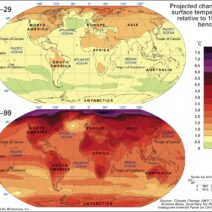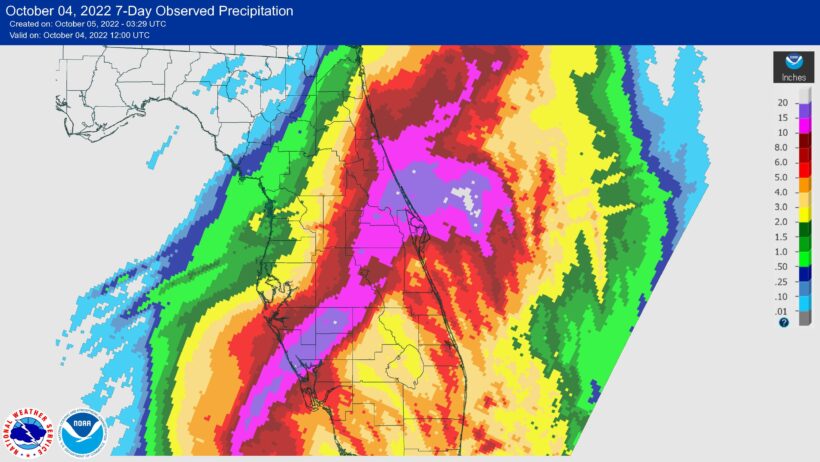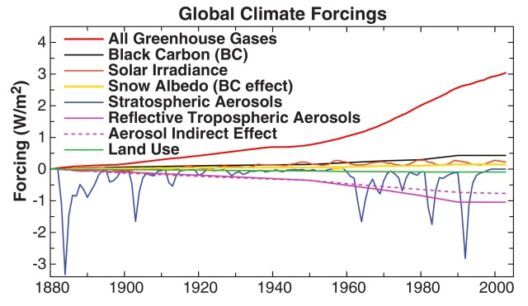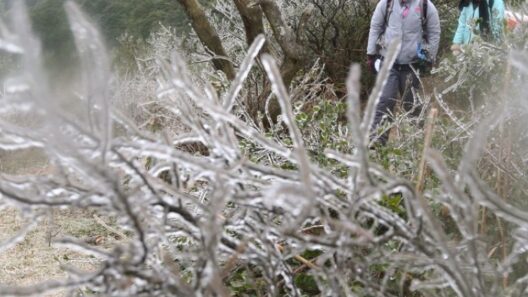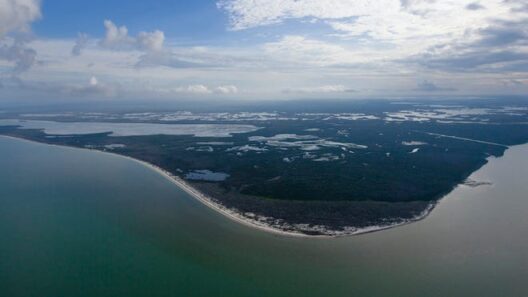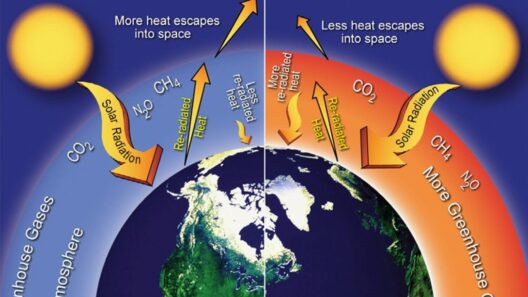The current trajectory of global warming is not merely an environmental concern; it is a clarion call to humanity regarding the fate of wildlife across the planet. Species that once thrived in diverse ecosystems are now confronting existential threats, and the ramifications ripple through our planet’s biological networks. As temperatures ascend due to human activities, ranging from fossil fuel combustion to deforestation, the fabric of ecosystems begins to fray, putting countless species on the precipice of extinction.
Understanding the nexus between global warming and biodiversity loss is complex yet essential. Climate change acts as a multifaceted catalyst, exacerbating pre-existing threats such as habitat destruction and pollution. As temperatures rise, habitats undergo shifts: polar regions melt, forests burn, and oceans acidify. These alterations create a hostile environment for many species, disrupting migration patterns, breeding cycles, and food availability. The hapless polar bear, for instance, is emblematic of this crisis, as melting ice caps diminish its hunting grounds, thereby jeopardizing its survival.
One cannot ignore the impact of climate change on species already at risk. Many endangered organisms, such as the Amur leopard and the Javan rhinoceros, find their dwindling populations further imperiled by shifting climatic conditions. These species are already vulnerable due to habitat fragmentation and poaching, and global warming compounds their challenges. The Intergovernmental Panel on Climate Change (IPCC) warns that with an increase of just 1.5°C in global temperature, approximately 30% of all species will be at an elevated risk of extinction. This statistic is not merely a number but a sobering reflection of the delicate balance of our ecosystems.
As ecosystems face stress from climate change, we observe a phenomenon known as “phenological mismatch.” This occurs when the life cycles of interacting species become desynchronized. For example, if flowering plants bloom earlier due to warmer temperatures but the pollinators remain on their traditional schedules, then the intricate relationship between species becomes disrupted. Such mismatches threaten not just individual species but entire ecosystems, as the loss of one component can trigger cascading effects throughout the food web.
Moreover, the changing climate is inadvertently aiding the proliferation of invasive species. As certain environments become more hospitable to non-native species due to warmer temperatures, they outcompete indigenous flora and fauna, further endangering local wildlife. The decline of native species is not merely an ecological loss; it erodes natural heritage and disrupts cultural landscapes that have thrived for millennia.
Ocean ecosystems illustrate the profound effects of global warming. Marine life, from corals to fish, is under siege due to rising sea temperatures and acidification. Coral reefs, often dubbed the “rainforests of the sea,” provide habitat and breeding grounds for numerous species. However, coral bleaching events, driven by increased water temperatures, have led to substantial declines in coral cover. When corals die, so do the myriad species that rely on them for survival. This not only strikes a blow to marine biodiversity but also impacts coastal communities that depend on fishing and tourism tied to healthy marine ecosystems.
Furthermore, the plight of amphibians offers an alarming insight into how climate change can spearhead extinction. Amphibians are particularly susceptible to environmental changes because of their permeable skin and complex life cycles that involve both aquatic and terrestrial habitats. The chytrid fungus, exacerbated by climate shifts, has decimated numerous amphibian populations worldwide. With amphibians, we may be witnessing the “canary in the coal mine,” serving as an early indicator of broader ecological disturbances.
The alarming reality is that anthropogenic climate change has the potential to reshape entire biomes, leading to the irretrievable loss of biodiversity. In response, it is imperative that conservation initiatives evolve to incorporate climate resilience strategies. This means not only protecting existing habitats but also creating corridors to connect fragmented patches of wildlife and facilitating species migration to more suitable environments. Resilience is now recognized as a fundamental component of conservation planning.
Lastly, addressing the issue of wildlife extinction requires a collective effort from all sectors of society. Governments, corporations, and individuals must unite to bolster climate action initiatives. Transitioning to renewable energy sources, advocating for sustainable land-use practices, and supporting international agreements aimed at reducing greenhouse gas emissions are vital steps in mitigating the impending crisis. As stewards of this planet, humanity must recognize the intrinsic value of biodiversity. The loss of a single species can disrupt entire ecosystems and foretell profound consequences for our own survival.
To conclude, the looming specter of wildlife extinction, exacerbated by global warming, is not just an environmental challenge; it is a moral obligation for humanity. By acknowledging the interconnectedness of all living beings and taking decisive action to curb climate change, we can strive to avert the loss of irreplaceable species and preserve the intricate web of life that sustains us. The time for awareness has passed; proactive engagement is now essential for safeguarding our planet’s future.
